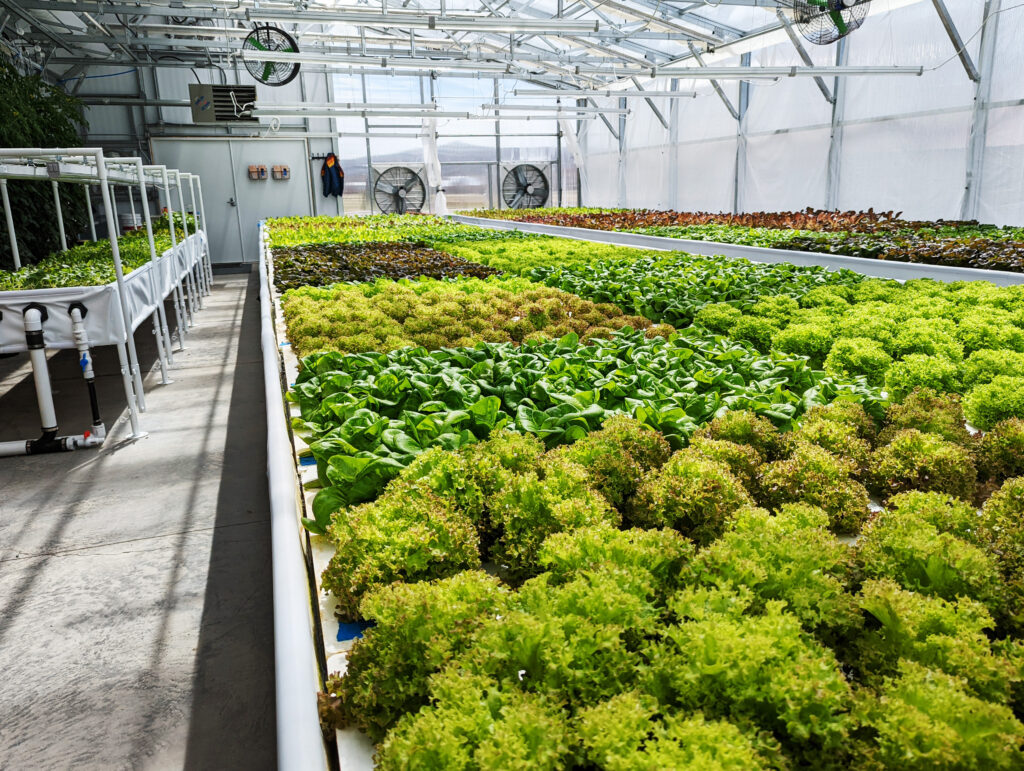Residential Sanctuary: Monarch Residential Greenhouse Utah Sanctuary for Plants
Wiki Article
The Future of Greenhouses: Advancements in Sustainable Farming
Are you interested about the future of greenhouses and exactly how they are transforming sustainable farming? Look no more! In this article, we will check out the exciting innovations that are leading the way for a greener and a lot more reliable farming sector. From advanced environment control systems to vertical farming methods, water-efficient watering approaches, renewable resource combination, and smart information analytics, these innovations are changing the method we expand our food. Prepare yourself to discover the future of sustainable farming in greenhouses!Advanced Environment Control Equipment
To attain ideal growing conditions, you can depend on the advancements in greenhouses with sophisticated climate control systems. These systems have actually transformed the way we cultivate plants, supplying a regulated environment that is helpful to plant development. With these ingenious systems, you can currently manipulate temperature, moisture, light levels, and also carbon dioxide concentrations to create the best problems for your plants to flourish.One of the key features of these advanced environment control systems is their capability to regulate temperature. By using sensing units and automated controls, the greenhouse can readjust the temperature level based upon the particular requirements of the plants. This makes sure that they are never ever subjected to severe warmth or cold, which can be damaging to their growth.
Humidity control is an additional critical facet of these systems. By keeping the suitable humidity levels, you can protect against issues such as mold and mildew, mold, and disease from influencing your crops. These systems can likewise manage the amount of light that gets to the plants, guaranteeing that they obtain the optimal amount for photosynthesis.
In addition, advanced environment control systems can even adjust CO2 concentrations. By raising the levels of carbon dioxide in the greenhouse, you can enhance plant growth and performance. This is specifically helpful in locations with low all-natural CO2 levels.
Upright Farming Methods
One vital upright farming strategy is using stacked growing systems. Piled growing systems are typically utilized in city locations where space is restricted.One popular method is called vertical hydroponics, where plants are expanded in nutrient-rich water without soil. This strategy is very efficient as it minimizes water usage by as much as 90% compared to traditional farming methods. In addition, considering that the plants are grown indoors, they are protected from conditions and bugs, minimizing the requirement for pesticides.
An additional method is aeroponics, which includes suspending the plant origins in a haze or air environment. This method permits for ideal nutrient absorption and oxygenation, resulting in faster development and greater returns. Aeroponics likewise uses much less water than conventional farming and can be implemented in upright systems, making it a prominent selection for upright farming.
Water-efficient Irrigation Approaches
Making best use of water preservation is vital when it comes to carrying out water-efficient irrigation approaches in sustainable farming. With global water deficiency becoming a pressing issue, it is crucial to create ingenious strategies that enhance water usage in greenhouse operations.One appealing method is drip watering, which delivers water straight to the plant roots, lessening waste and evaporation. By making use of a network of tubes with little emitters, water is used slowly and precisely, making certain that plants obtain the required wetness without excess runoff.
One more reliable method is the usage of soil moisture sensors. These devices measure the moisture web content in the soil and supply real-time data to farmers. By keeping track of the dirt's moisture levels, farmers can accurately figure out when and just how much water to apply, avoiding over-irrigation.
Furthermore, the execution of rain harvesting systems is gaining appeal in greenhouse agriculture. Accumulating rain from roofs and saving it in tanks allows farmers to use this natural deposit for irrigation functions, reducing reliance on standard water resources.
Lastly, the fostering of automated watering systems can considerably enhance water performance. These systems use sensing units to detect soil wetness degrees and weather, changing irrigation routines as necessary. By maximizing water usage based on actual plant requirements, these systems can minimize water waste and advertise lasting farming practices.
Renewable Energy Assimilation
Sustainable energy combination in greenhouses supplies a number of benefits, including decreased running prices and reduced reliance on non-renewable power sources. The generated power can after that be utilized to run different operations within the greenhouse, such as heating, illumination, and air flow systems. These wind turbines harness wind power and transform it into electrical energy, which can be utilized to supplement the power requirements of the greenhouse.Smart Information Analytics and Automation
To boost the efficiency of your greenhouse procedures and optimize source utilization, think about carrying out clever information analytics and automation. Smart information analytics entails accumulating and evaluating information from numerous sensors and tools within your greenhouse.
This can consist of automating the control of lighting, air flow, watering systems, and nutrient distribution. By automating these processes, you can make sure that your plants receive the right conditions and nutrients at the right time, without the demand for consistent hand-operated treatment.
Moreover, wise data analytics and automation can interact synergistically. The data collected by sensors can be utilized to notify automated systems, enabling them to make real-time changes based on the existing conditions. This assimilation of data analytics and automation can result in much more reliable and specific source appropriation, ultimately causing greater returns and much better crop quality.
Final Thought
In final thought, the future of greenhouses in lasting agriculture looks encouraging. With innovative climate control systems, Monarch Decorative Greenhouse Utah vertical farming strategies, water-efficient watering methods, and sustainable energy combination, greenhouses are ending up being more environmentally friendly and effective.:max_bytes(150000):strip_icc()/GettyImages-1221376177-a86b340094864992a4ecbcb459093d7b.jpg)
By optimizing water use based on real plant needs, these systems can decrease water waste and promote lasting farming practices.

Report this wiki page